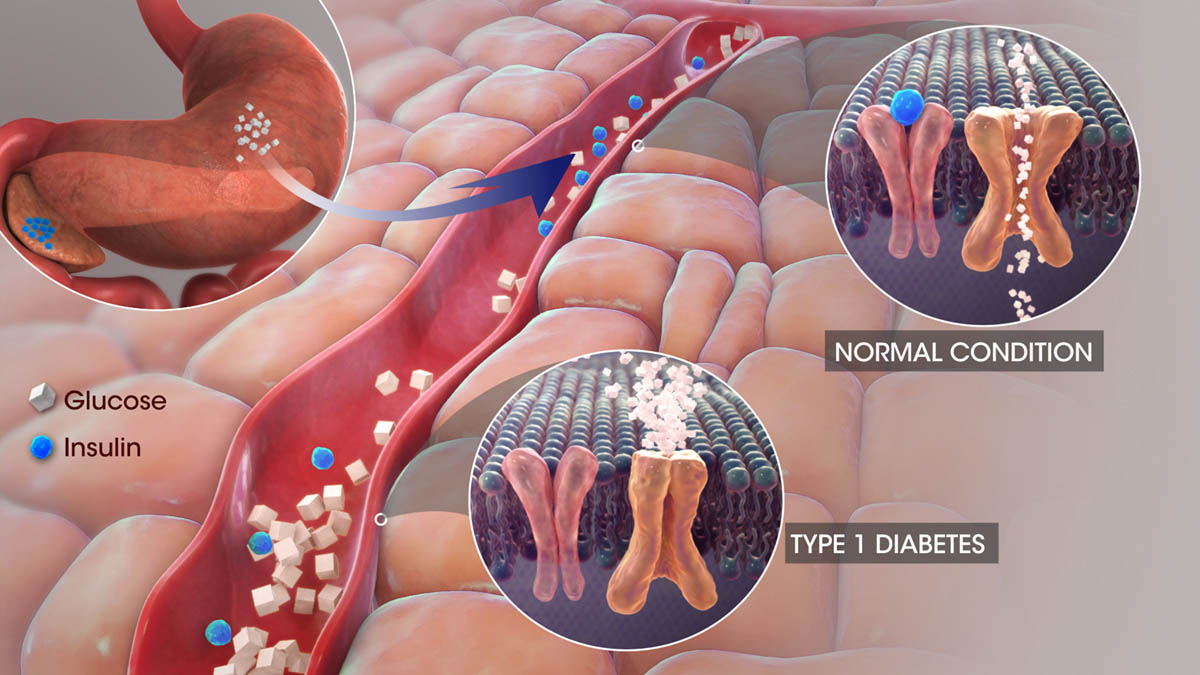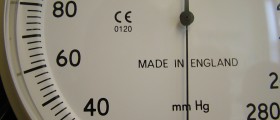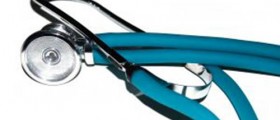
Diabetes is a common disease in the United States and all over the world. Over 16 million Americans have registered diabetes, and 5.4 million diabetics are not even aware of their disease. Diabetes has increased a lot in the last half of this century and will continue rising all over the world. And the reason for occasional deaths in United States, occurs every year.
This info encourages projects on the necessary steps and precautions, in order to control and treat diabetes, in full. Metabolic disorder diabetes happens when body does not produce or disuses insulin, a hormone that convert sugar, starches, and other food into energy.
Diabetes crashes small blood vessels and that process may impair the nervous system. And damaged nerves inflict pain. Diabetes clogs food digesting, and may complicate heart disease, the nervous system and smash small blood vessels. And diabetic neuropathy is usual pain syndrome. End peripheral nervous systems are changed because of the diabetes and that would be on feet and hands. Diabetes exhausting little nerves and nervous system alters painful and not painful experiences.
Hands and feet become hypersensitive because nerves transmitting signals to spinal cord, where one can come out as pain. Diabetes swallows little blood vessels that feed tiny nerve cells, so patient that they may feel the pain due to malfunctioning of nerves. Patient’s feet and hands are first to sense diabetes pain, such sensation sometimes do not allow wearing gloves or stockings.
Treatments for Pain and Pain treatments for diabetes are the one to treat nervous system, in a way to calm the nerves. First step of treatment is infusion of the lidocaine-local anesthetic, for about 5 minutes, to destroy pain. Oral version of an anti-arrhythmic drug may help cause drugs for heart suit out nerve activity that is not regular as analgesic. If lidocaine does not work, there are other drugs to try, such as:
clonazepamThere are varieties of other type of medicines that may slow down or cripples nerves that are overactive. There are selective calcium channel blockers, drugs tested in the lab that are very effective to ease pain. Calcium channels have a way to switch the flow of electric signals and calcium, in and out the membranes of cell.
For arrhythmia and hypertension, it is usual to prescribe medicines like nicardipine, nifedipine, verapamil, nimodipine or diltiazem. And lately it is discovered that new calcium channel medications also have certain properties that may ease diabetes pain.

















Your thoughts on this
Loading...